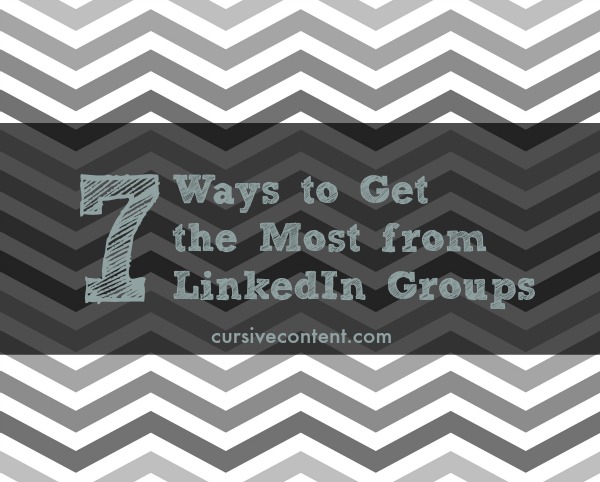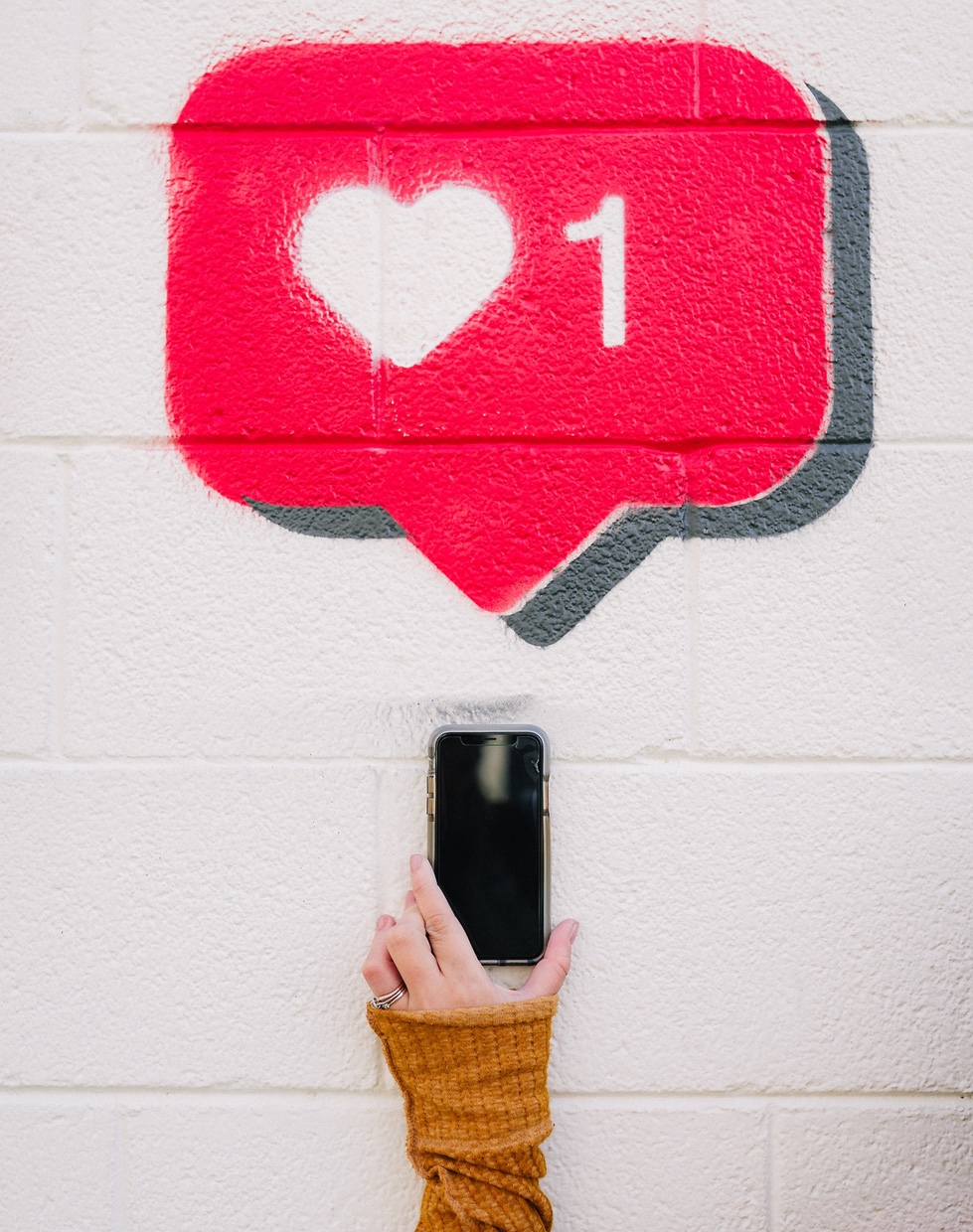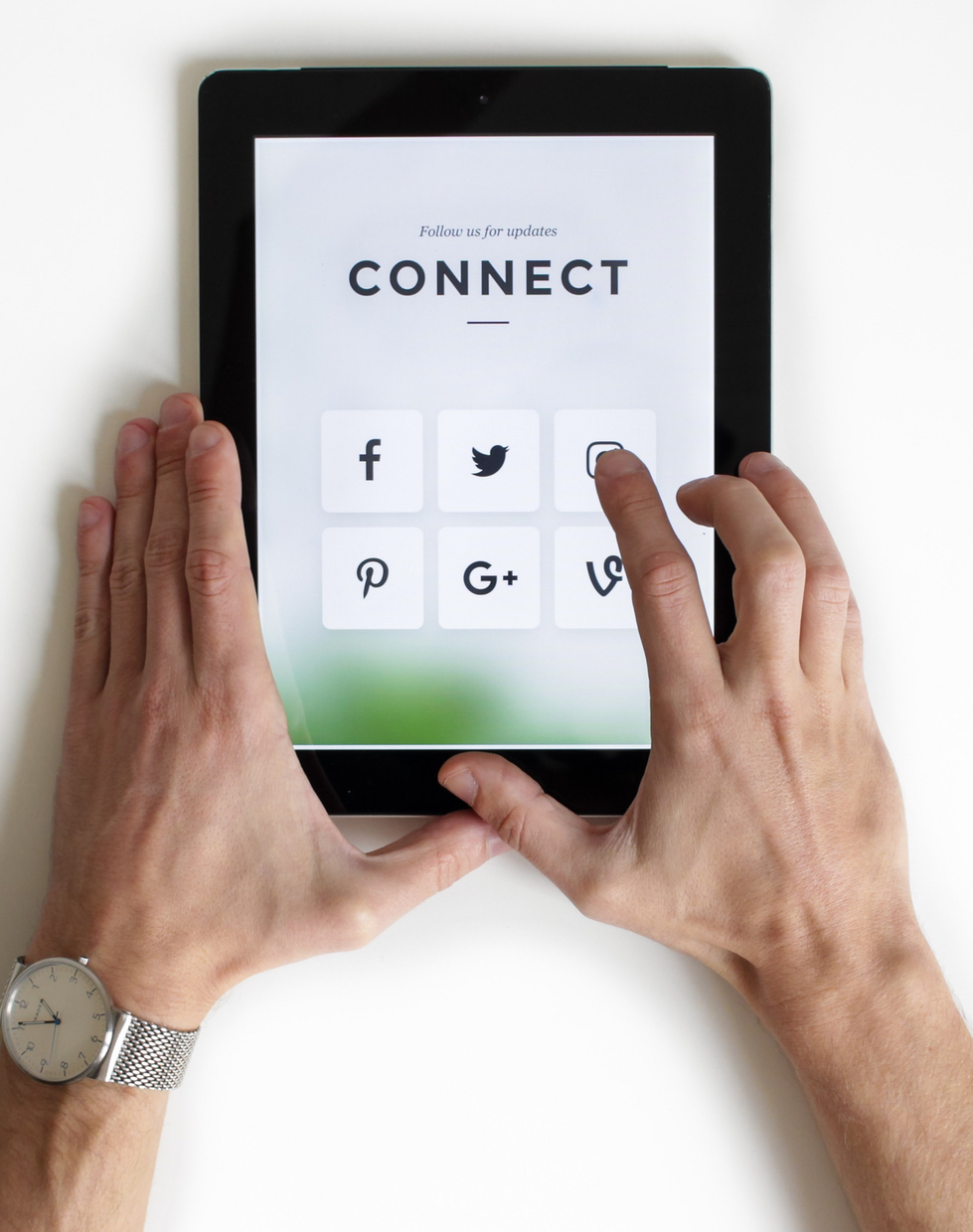7 Ways to Get the Most from LinkedIn Groups

LinkedIn usage is on the rise.
According to a recent survey:
- 58% of people spend more than 2 hours on LinkedIn per week (a 10% increase over 2013)
- Company pages are used by 57% of people (a 33% increase over 2013)
- Nearly 70% of people say that LinkedIn is important or extremely important in their efforts to grow their network and develop their business.
- Nearly 60% of users are using the status feature on their company page
These stats make it seem that people are really taking advantage of LinkedIn’s content marketing power. Yet despite all these stats about growth, there was one area where the survey indicated a slowdown: In 2013, 60% of people called LinkedIn Groups one of their favorite features. In 2014, only 42% called posting and participating in Group discussions one of their favorite elements of LinkedIn.
What changed? LinkedIn Groups are an outstanding way to connect with new audiences, to showcase your expertise, to engage in relevant discussions with a diverse audience and, ultimately, to grow your business. It’s a little shocking that they’ve suddenly fallen from favor.
It’s hard to know why it happened, but I’d guess it centers around one thing: it takes work to do LinkedIn Groups right. You can’t just link drop and run. Finding groups that are relevant, interesting and active takes some time. LinkedIn’s SWAM (sitewide automatic moderation) policy has gotten stricter and its impact felt more widely. That means that crafting a post takes more thought than it used to. But groups are still worth the effort, and if you’re not seeing a good return on your time investment, its time to reevaluate your approach.
Here’s seven pieces of great advice from some folks who have maximized the potential of LinkedIn Groups:
Create your own group
“To truly build community, companies are often best served [by starting a LinkedIn Group] for a very specific group of people with whom the company hopes to engage and — crucially — who would find value in engaging with one another, and having your company facilitate that connection” – Sam Ford, Peppercomm, via CIO
Don’t pitch, and don’t over-promote.
“Nothing is worse in a group than a member who constantly “spams” discussions with his direct advertisements for products or services, or starts discussions with direct-sales tactics, pitching what he’s selling. Linking to a blog and asking a question around your own content are both fine, but the quickest way to get kicked out of groups is to constantly pitch your stuff. And don’t focus solely on sharing your own content! This is a community, after all, so comment on and share other people’s articles in your status updates; it’s a great way to build out your network and start more conversations.” – Matt Haskell, Marketing Profs
Create opportunities for connection outside of the Group.
“Once you’ve been interacting with someone in your Group, and you’ve built up some familiarity, send them an invitation to connect on LinkedIn. Make sure to let them know why you want to connect, and remind them of your interaction in the Group. If you have been interacting with someone on numerous occasions in a Group, connect with them on Twitter or find their business page on Facebook.” – Kristen Curtiss, Constant Contact
Use Groups to Explore Users
Did you know that if you’re a member of the same group as another user, you can bypass the need to be a first-degree connection in order to message them? In addition, group members are also able to view the profiles of other members of the same group without being connected. Join more groups to enable more messaging and profile viewership capabilities. – Pamela Vaughan, HubSpot
Contribute daily.
Remaining active within your Group is the number one most important thing you can do to maintain and increase traffic. Make sure you participate in the discussions you start. Don’t post a topic for the day and think you’re finished. If you find that you don’t have the time for maintenance, assign Group upkeep to another person within your company. – Bill Faeth, Inbound Marketing Agents
Choose your groups wisely.
While viewing a group’s page, scroll down below the “Top Influencers of the Week” chart on the right-hand side, and click on the Group Statistics box (note: the group members number in the graphic is a generic design and isn’t representative of the group’s actual statistics). Here, you can view the group’s demographics, growth, and activity. You can use these tools to compare demographics with your target audience, check for sufficient and consistent growth, and analyze the group’s communication between members. – Alex Sobal, Weidert Group
Don’t just post, ask questions.
“…you are far more likely to get positive feedback, not to mention generate leads, from a post that includes a question in it. – Cindy King, Social Media Examiner
Want more insight and advice on how to make LinkedIn a powerful part of your content marketing plan? Head on over to Cursive’s Pinterest page, where we’ve curated a board full of outstanding LinkedIn resources.
MORE ARTICLES
-
 How to Support Your School Story with Organic, Authentic Social Media
How to Support Your School Story with Organic, Authentic Social Media -
 How to Attract Dream Families with Unforgettable Private School Social Media Advertising
How to Attract Dream Families with Unforgettable Private School Social Media Advertising -
 The Case for School Content Marketing
The Case for School Content Marketing -
 Social Proof: What Is It, and How Can School Marketers Use It?
Social Proof: What Is It, and How Can School Marketers Use It? -
 Conversion Copywriting for Schools: An Introduction
Conversion Copywriting for Schools: An Introduction -
 10 Questions to Help Conquer School Marketing FOMO
10 Questions to Help Conquer School Marketing FOMO -
 You Wrote a School Blog Post— Now What?
You Wrote a School Blog Post— Now What? - 2 NEW Ways to Inspire School Blog Content in 2017
[…] more LinkedIn tips, check out 7 Ways to Get the Most From LinkedIn Groups. Stacy Firth Stacy is a content marketing strategist & writer at Cursive Content Marketing. […]